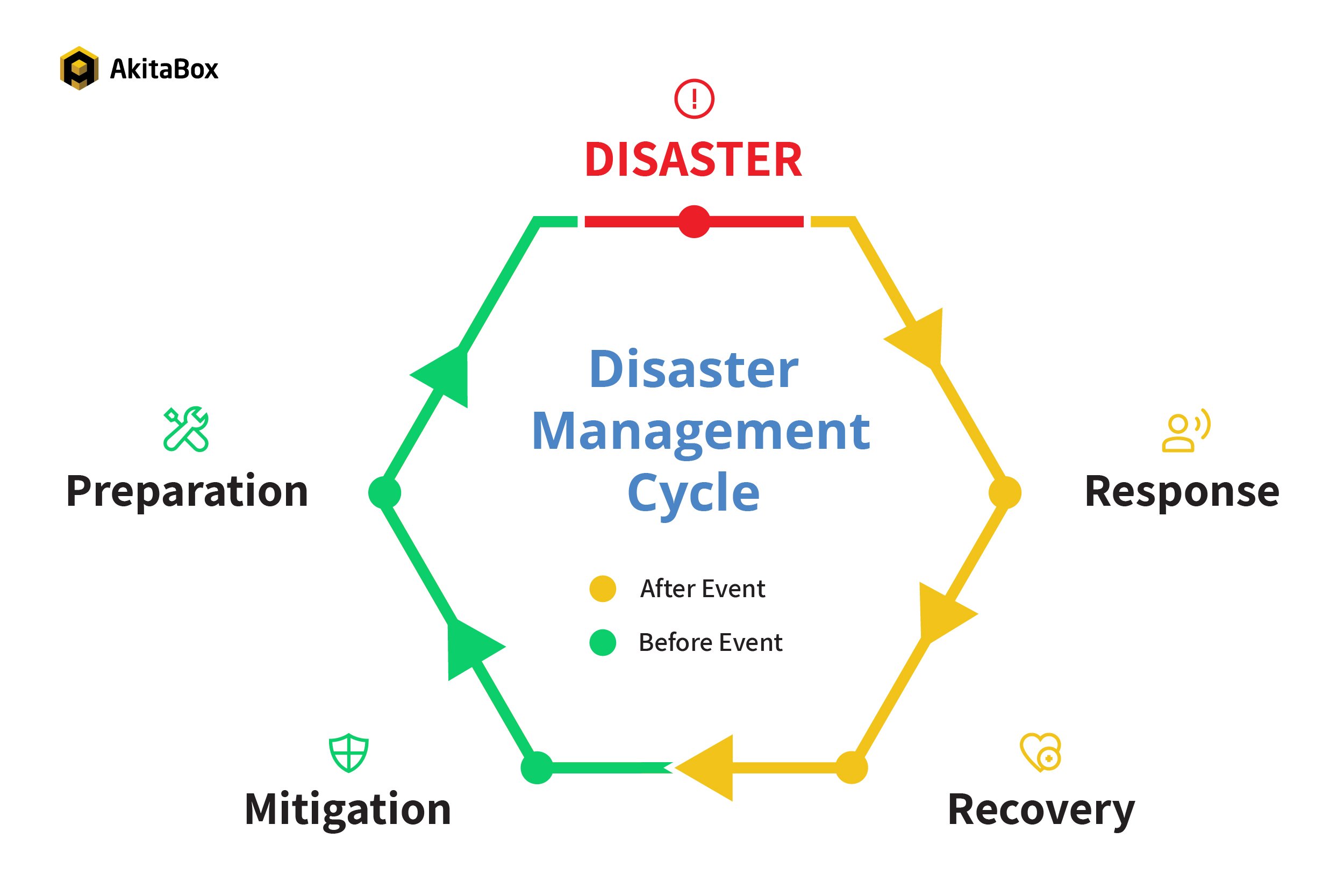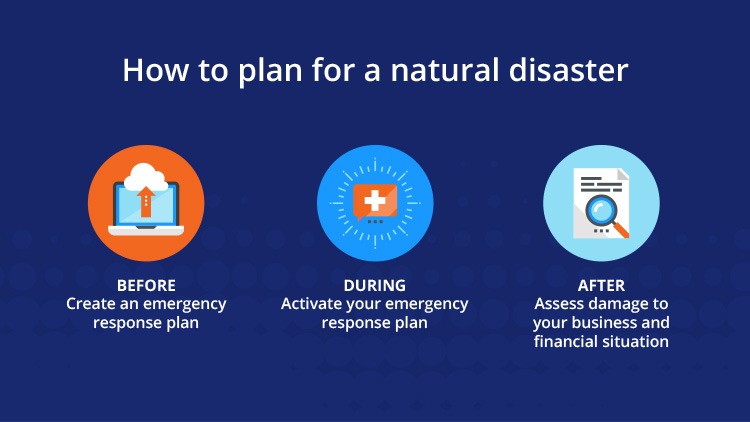Whether it is wildfires in California, intense heat in the southwest, or heavy rain in New York, it can seem like the USA is under siege from the worst effects of climate change. This means that if you are a business owner, no matter where in the country you might be based, you should be doing everything in your power to properly protect your business.
The difficult part, however, is knowing where to start. Thankfully, you are in the right place, as this guide has been specially created to recommend a few key ways to keep yourself and your employees safe. Read on now in order to learn all about it.
Steps to Ensure You Are Prepared For Any Disaster
1. Install ACs to Protect Against Extreme Heat
As extreme heat sweeps across the nation, you must do everything you can to protect your employees from heatstroke. At the same time, it is a good idea to have strong blinds that can block out the sunlight and provide plenty of water on hand. Make sure to install good air conditioning units that keep everyone as cool as possible. Without them, you could be in for a difficult time when summer comes around.
2. Take Out Business Insurance
Some disasters, such as earthquakes, tornados, or hurricanes, can be protected against somewhat by strong building works, but if they are particularly severe, there is little that you can do. That is why it is so important to take out a full insurance policy that will allow your business to be fully compensated in the event of a disaster. To help you claim your insurance properly, it is worth using the services of a third-party provider. Trusted claim agents Swerling Milton Winnick can help you with any problem you might have.
3. Run Training Days with Your Employees
Sometimes, the weakest link in disaster preparedness can be your employees themselves. This is why it is important to make sure that they are properly educated on how to protect themselves and their colleagues. It is worth bringing in an external health and safety consultant who can educate your employees about the best practices.
4. Run a Building Safety Audit
Your building should be operating to the highest standards to protect against whatever the weather might throw at it. This is especially true if you live in a disaster-risk zone. If you are not sure if your building is well-protected, then it might make sense to bring in an external consultant who can assess it and recommend ways to protect it.
5. Consider Remote Work
Physical locations are most at risk of disasters, meaning that one smart way of eliminating the risk of a disaster is having no office at all. If you think that your business could work this way, you should simply consider investing in a completely remote office instead.
6. Design an outline and rules of the business emergency plan.
First, you will have to implement your business’s objectives and guidelines for your emergency preparedness plan. Of course, at a high level, the objective of your plan is to mitigate the potential or actual loss caused by the disaster or emergency, protect staff, assets, and operations, and resume business as soon as possible.
However, you will also need to consider specific requirements for your plan. These requirements may include factors unique to your individual business or dictated by federal or local laws.
7. Understand risks and threats to your business.
Once you get a clearer view of the federal, local, and business-specific requirements that will be part of your emergency preparedness plan, it is time to conduct an assessment of the risks and threats to your business. Of course, it will be impossible to identify and prepare for all the risks and threats. However, identifying the impact most likely to affect your business will make it easier to come up with a more impactful and relevant procedure.
8. Business impact analysis
You will now use the information you identified in your risk assessment to inform your business impact analysis. Your business impact analysis will try to predict what might happen during and after an emergency or disaster that disrupts your business and, therefore, will help you plan your recovery strategy.
Again, you can not predict exactly how a potential disaster or emergency will affect your business. However, you can use the threats and risks you developed in step two to determine what disasters are most likely to affect your business and what that effect looks like.
9. Write your business emergency plan.
You have done most of the work—the planning. Once you have completed these first three steps, you should be aware of the risks your business might face, their possible impact, and, thus, what information your emergency preparedness plan should include.
The time has now come to actually create and write out the plan itself.
As you might expect, this process will take time, especially since you will likely want to collaborate with other company leaders, your business’s HR department, and possibly even local and governmental resources.
10. Test and review your plan.
While outlining your business emergency plan is a big accomplishment, the process does not end there. You will want to review this plan with other business leaders and test it out.
You should hold a meeting to discuss emergency preparedness, walk business leaders through the plan, and allow them time to comment and note their feedback. Having taken this preliminary step, you can then engage in a more hands-on approach by conducting drills and tests and see how your business emergency plan functions in these planned-out scenarios.
At this stage, you can share the plan with your employees, conduct training sessions, and elicit their views on what should be improved and what should be done differently.
11. Identify improvement areas and refine the plan.
Based on your visit with business leaders, you should leave the meeting with areas for improvement in your emergency preparedness plan. By this point, you will be able to decide what adaptations you can make to perfect the plan, fix these areas of improvement, and improve your document as necessary.
12. Outline business recovery strategies.
After creating and implementing your business emergency plan, you may want to revisit in even more detail the last piece of your disaster preparedness: recovery strategies.
While planning the actions you will take before and during a disaster or emergency is critical, determining how your business will function and recover after one of these events is equally important. As we discussed in the last section, part of actually writing your business emergency plan is to outline business continuity, in other words, how your business will work to mitigate the negative effects you identified in your business impact analysis.
Conclusion
We hope you never have to use an emergency or disaster preparation plan, but the time and effort involved in creating and implementing a business emergency plan from the outset puts your business in the best possible position to survive over the long term.
However, although this process can be highly planning-intensive and involve a lot of research and collaboration, following our seven steps, consulting other top resources, and working with your fellow leaders, staff, and advisors can make it all much more accessible.

